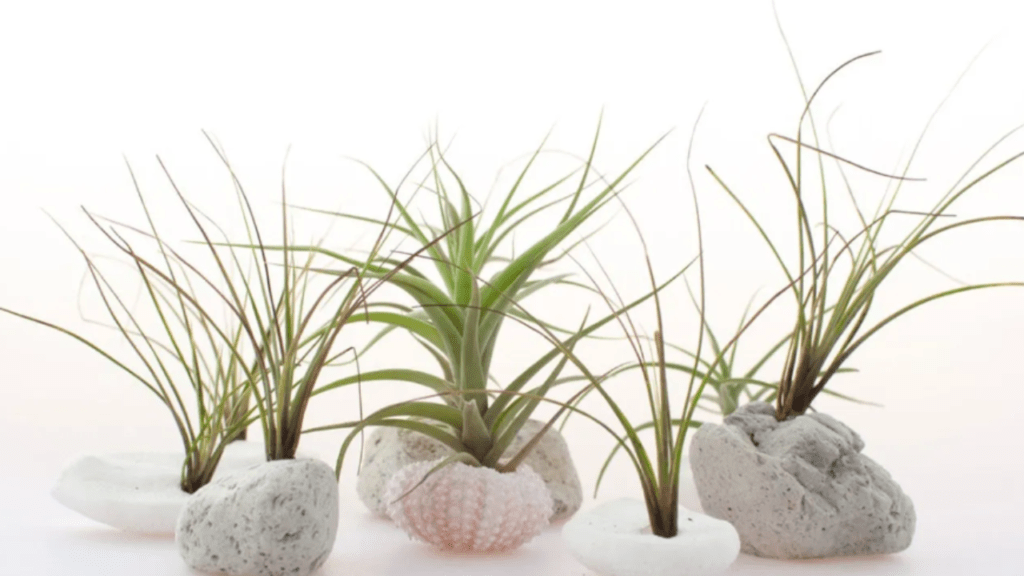
Everything You Need to Know About Air Plant Fertilizer: Tips and Techniques
Air plants, also known as Tillandsia, are unique and low-maintenance plants that can add a touch of greenery to any space. While they don’t require soil to grow, they still need nutrients to thrive. Using the right air plant fertilizer is essential for their health and growth. When it comes to choosing the best fertilizer for your air plants, it’s important to opt for a water-soluble fertilizer that is specifically formulated for Tillandsia. Look for a fertilizer with a balanced ratio of nutrients, such as 1-1-1 or 1-2-1, to ensure that your air plants get the essential nutrients they need to thrive. When applying fertilizer to your air plants, it’s crucial to dilute it properly to avoid over-fertilizing, as this can lead to burn or damage to the plants. One common method is to mist the plants with a diluted fertilizer solution once a month, ensuring that the plants are thoroughly coated with the solution. Additionally, it’s important to provide your air plants with proper light, air circulation, and water in addition to fertilizer to ensure their overall health and well-being. By following these tips and techniques, you can ensure that your air plants receive the necessary nutrients to thrive and continue adding beauty to your space.
Table of Contents
ToggleUnderstanding Air Plants (Tillandsias)
Air plants, also known as Tillandsias, are unique and fascinating plants that don’t require soil to grow. They absorb water and nutrients through their leaves and can be displayed in a variety of creative ways, making them a popular choice for home decor. To ensure the health and growth of your air plants, it’s important to understand the best practices for caring for them, including the use of the right fertilizer. When choosing a fertilizer for your air plants, it’s essential to select a water-soluble fertilizer specifically formulated for Tillandsia. Look for a balanced ratio of nutrients, such as 1-1-1 or 1-2-1, to provide your air plants with the essential nutrients they need to thrive. Proper dilution of the fertilizer is crucial to avoid over-fertilizing, which can lead to burn or damage to the plants. One common method is to mist the plants with a diluted fertilizer solution once a month, ensuring thorough coverage. In addition to fertilizer, it’s important to provide your air plants with proper light, air circulation, and water to ensure their overall health and well-being. By following these tips and techniques, you can ensure that your air plants receive the necessary nutrients to thrive and continue adding beauty to your space.
Provide an overview of air plants, their unique characteristics, and growth habits.
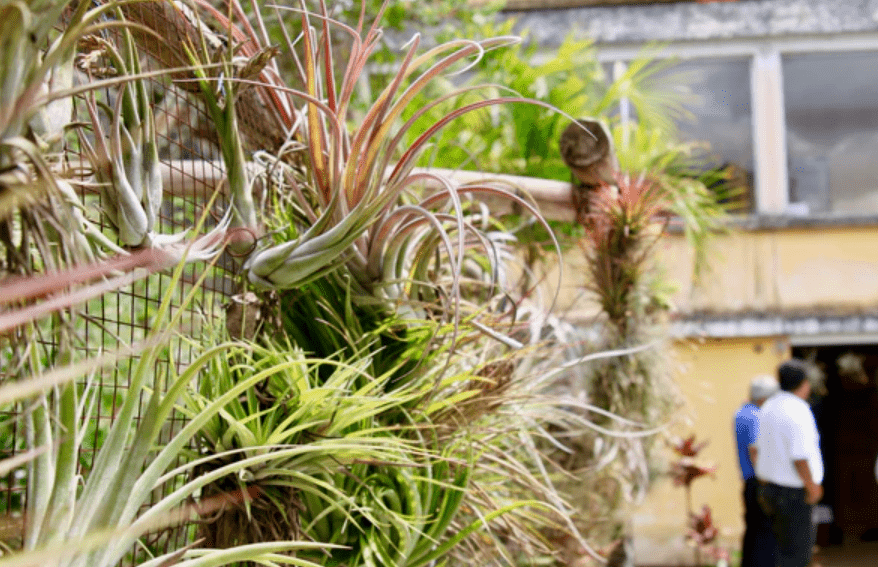
Air plants, also known as Tillandsias, are unique plants that don’t require soil to grow. They absorb nutrients and moisture through their leaves from the air, making them a low-maintenance and versatile plant to have in your home. These plants come in a variety of shapes and sizes, and their unique characteristics make them a popular choice for indoor gardening. Air plants can be found in tropical and subtropical regions, often growing on trees, rocks, and other surfaces. They are known for their interesting growth habits, as they can produce colorful blooms and adapt to various environments.
When it comes to caring for air plants, it’s important to provide them with the right amount of light, water, and air circulation. They thrive in bright, indirect light and should be watered by misting or soaking them in water for a few hours every 1-2 weeks. It’s crucial to allow the plants to dry completely after watering to prevent rot.
In terms of growth habits, air plants can produce offsets, or “pups,” that can be separated from the parent plant to propagate new plants. They can also produce flowers, which adds to their appeal as a unique and decorative plant.
Overall, air plants are a fascinating and low-maintenance plant to have in your home, and their unique characteristics and growth habits make them a popular choice for indoor gardening enthusiasts.
Explain the role of fertilizer in supporting healthy growth and blooming.
Fertilizer plays a crucial role in supporting the healthy growth and blooming of plants, including air plants. Fertilizer provides essential nutrients such as nitrogen, phosphorus, and potassium that are necessary for the plant’s overall health and development. These nutrients promote strong root growth, lush foliage, and vibrant blooms. Additionally, fertilizer helps to improve the soil structure, moisture retention, and overall nutrient availability for the plant. When used in the right amounts and at the appropriate times, fertilizer can boost the plant’s resilience, disease resistance, and overall vitality. For air plants, it’s important to use a balanced, water-soluble fertilizer that is specifically formulated for epiphytic plants. Applying fertilizer according to the manufacturer’s instructions and incorporating it into the plant care routine can help support the healthy growth and blooming of air plants.
Nutritional Needs of Air Plants
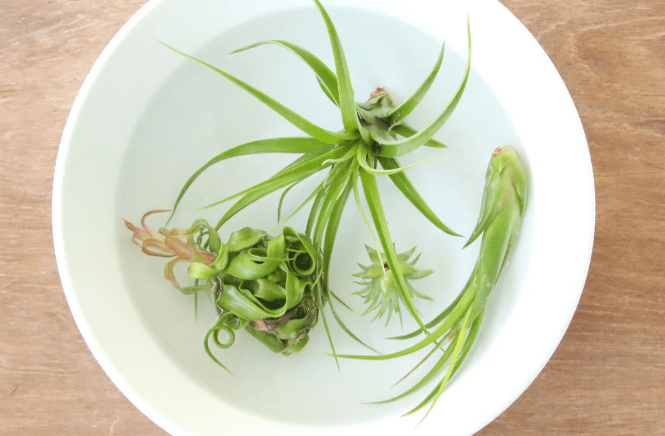
Discuss the specific nutritional requirements of air plants, including essential nutrients (nitrogen, phosphorus, potassium) and micronutrients.
Air plants have specific nutritional requirements that are essential for their growth and development. One of the key nutrients that air plants need is nitrogen, which is important for promoting green, leafy growth and overall plant health. Phosphorus is another essential nutrient that supports root development and flower production in air plants. Additionally, potassium plays a crucial role in regulating water uptake, nutrient absorption, and overall stress tolerance in air plants.
In addition to these essential macronutrients, air plants also require micronutrients such as iron, magnesium, and calcium to support various physiological functions and metabolic processes within the plant. These micronutrients are important for maintaining overall plant health, resilience, and vitality.
In order to meet the specific nutritional needs of air plants, it is important to use a balanced, water-soluble fertilizer that is specifically formulated for epiphytic plants. This type of fertilizer will provide the necessary nutrients in the right proportions to support the healthy growth and blooming of air plants. It is important to follow the manufacturer’s instructions for application and to incorporate fertilizer into the plant care routine to ensure that air plants receive the nutrients they need to thrive.
Explain why air plants benefit from supplemental fertilization.
Air plants benefit from supplemental fertilization because they require essential nutrients to support their growth and overall health. These nutrients include nitrogen, phosphorus, potassium, as well as micronutrients such as iron, magnesium, and calcium. Supplemental fertilization helps provide these nutrients in the right proportions to support the healthy growth and blooming of air plants. Using a balanced, water-soluble fertilizer specifically formulated for epiphytic plants can ensure that air plants receive the necessary nutrients to thrive. Following the manufacturer’s instructions for application and incorporating fertilizer into the plant care routine is important to support the overall health and vitality of air plants.
Types of Fertilizers for Air Plants
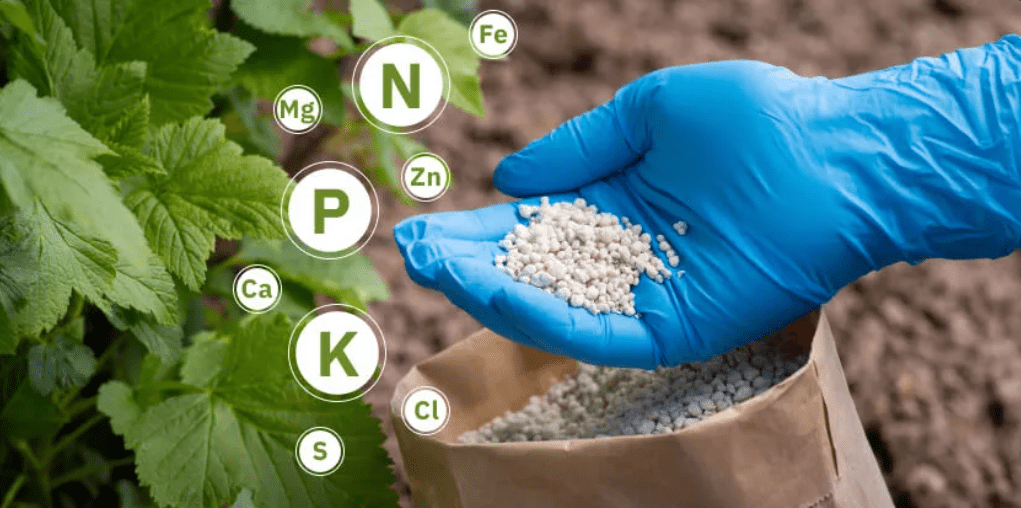
Explore different types of fertilizers suitable for air plants, such as liquid fertilizers, water-soluble powders, and specialized air plant fertilizers.
Air plants can benefit from different types of fertilizers, such as liquid fertilizers, water-soluble powders, and specialized air plant fertilizers. Liquid fertilizers are easy to apply and quickly absorbed by the plants, providing them with immediate nutrients. Water-soluble powders can also provide essential nutrients when mixed with water and applied to the plants. Specialized air plant fertilizers are specifically formulated to meet the unique nutritional needs of air plants, providing the necessary balance of nutrients for healthy growth and blooming. It is important to select a fertilizer that is suitable for epiphytic plants and to follow the manufacturer’s instructions for application to ensure that air plants receive the nutrients they need to thrive.
Discuss organic and synthetic options, highlighting their pros and cons.
When it comes to choosing a fertilizer for your air plants, there are both organic and synthetic options to consider. Organic fertilizers are derived from natural sources and contain beneficial microorganisms that can improve soil health. They are often slower to release nutrients but can provide long-term benefits to the plants and the environment. On the other hand, synthetic fertilizers are made from chemical compounds and provide a quick release of nutrients to the plants. They are often more concentrated and readily available to the plants.
Organic fertilizers are beneficial because they can improve the overall soil structure and microbial activity, promoting long-term plant health. They are also environmentally friendly and sustainable. However, they may take longer to show results and require a longer application process.
Synthetic fertilizers, on the other hand, provide a quick and immediate source of nutrients to the plants. They are easy to apply and may show faster results in terms of plant growth and blooming. However, they can lead to nutrient imbalances in the soil and can be harmful to the environment if not used properly.
In conclusion, both organic and synthetic fertilizers have their pros and cons. It is important to consider the specific needs of your air plants and choose a fertilizer that will provide the necessary nutrients for healthy growth and blooming while also considering the long-term impact on the environment.
Choosing the Right Fertilizer for Your Air Plants
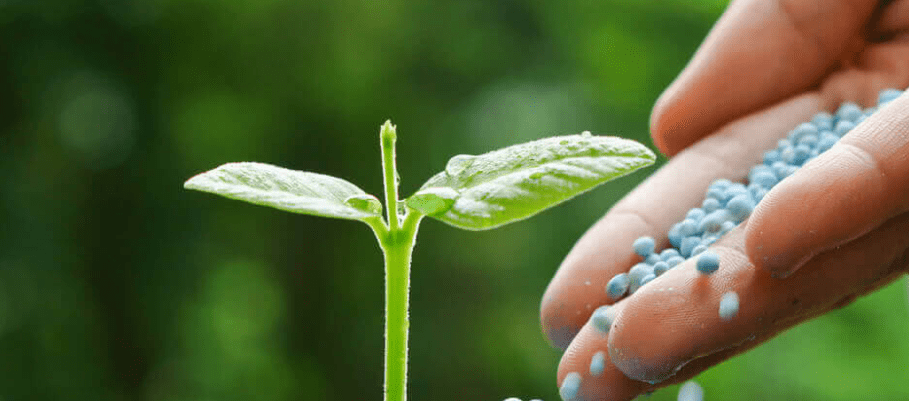
Offer recommendations on selecting the most suitable fertilizer based on air plant species and growing conditions.
When it comes to selecting the most suitable fertilizer for your air plants, it’s important to consider the specific needs of the plant species and the growing conditions. Different air plant species may have different nutrient requirements, so it’s important to choose a fertilizer that meets those specific needs. For example, some air plants may require more nitrogen, while others may need more phosphorus or potassium.
In addition to the specific needs of the plant species, you should also consider the growing conditions, such as the amount of sunlight, temperature, and humidity. These factors can affect the nutrient uptake and utilization by the air plants, so it’s important to choose a fertilizer that can provide the necessary nutrients in the right balance.
For air plants, it’s generally recommended to use a balanced, water-soluble fertilizer that is specifically formulated for epiphytic plants. These fertilizers can provide the essential nutrients that air plants need for healthy growth and blooming. It’s also important to follow the instructions on the fertilizer packaging and use it at the recommended frequency to avoid over-fertilization, which can be harmful to the plants.
In summary, when selecting a fertilizer for your air plants, consider the specific nutrient needs of the plant species and the growing conditions. A balanced, water-soluble fertilizer formulated for epiphytic plants is generally a good choice, but it’s important to follow the instructions and use it at the appropriate frequency for best results.
Highlight factors to consider, such as water quality, light exposure, and container types.
When it comes to caring for air plants, there are several factors to consider in terms of their nutrition and growth. One important factor to consider is the water quality. Air plants are sensitive to the mineral content in water, so it’s important to use filtered or distilled water to avoid any build-up of minerals on the plant’s leaves. Additionally, light exposure is crucial for the growth of air plants, so it’s important to place them in a location where they can receive bright, indirect sunlight. Lastly, the type of container used for air plants can also impact their growth. It’s best to use containers with good drainage to prevent water from pooling around the roots, which can lead to rot.
When it comes to fertilizing air plants, it’s important to choose a fertilizer that is specifically formulated for epiphytic plants and provides a balanced mix of nutrients. It’s also important to follow the instructions on the fertilizer packaging and use it at the recommended frequency to avoid over-fertilization, which can be harmful to the plants. By considering these factors and providing the right care, air plants can thrive and grow healthy.
Common Fertilizing Mistakes and Troubleshooting
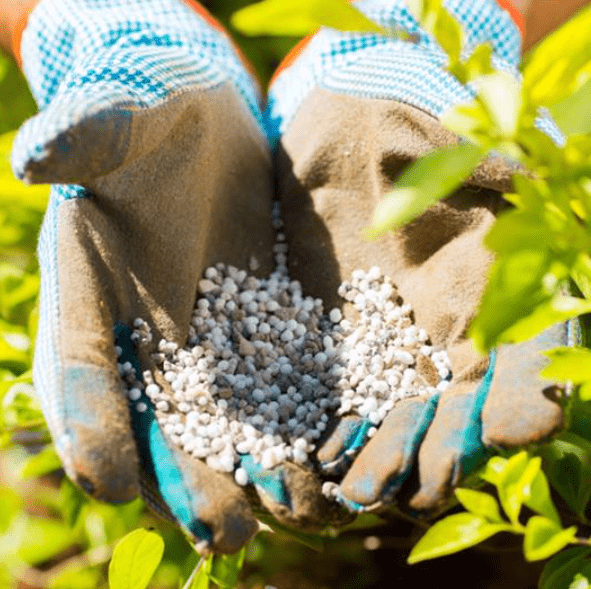
Identify common pitfalls in air plant fertilization, such as over-fertilization, under-fertilization, and nutrient deficiencies.
When it comes to fertilizing air plants, it’s important to be mindful of common pitfalls such as over-fertilization, under-fertilization, and nutrient deficiencies. Over-fertilization can be harmful to air plants, as it can lead to a build-up of salts in the soil, which can damage the plant’s roots. It’s important to follow the instructions on the fertilizer packaging and not exceed the recommended dosage.
On the other hand, under-fertilization can result in nutrient deficiencies, which can cause the air plant to become weak and stunted in growth. It’s essential to provide the right balance of nutrients to ensure the plant’s health and vitality.
To avoid these pitfalls, it’s important to use a fertilizer specifically formulated for epiphytic plants and to follow the recommended frequency of application. Additionally, it’s important to monitor the plant for any signs of nutrient deficiencies, such as yellowing or browning of the leaves, and adjust the fertilization accordingly.
By being mindful of these common pitfalls and providing the right care, air plants can thrive and grow healthy.
Offer troubleshooting tips for addressing nutrient-related issues in air plants.
When it comes to addressing nutrient-related issues in air plants, it’s important to be mindful of common pitfalls such as over-fertilization, under-fertilization, and nutrient deficiencies. Over-fertilization can be harmful to air plants, as it can lead to a build-up of salts in the soil, which can damage the plant’s roots. It’s important to follow the instructions on the fertilizer packaging and not exceed the recommended dosage. On the other hand, under-fertilization can result in nutrient deficiencies, which can cause the air plant to become weak and stunted in growth. It’s essential to provide the right balance of nutrients to ensure the plant’s health and vitality.
To troubleshoot these issues, it’s important to use a fertilizer specifically formulated for epiphytic plants and to follow the recommended frequency of application. Additionally, it’s important to monitor the plant for any signs of nutrient deficiencies, such as yellowing or browning of the leaves, and adjust the fertilization accordingly. It’s also important to ensure that the air plants are getting enough light, as this can impact their ability to absorb nutrients. By being mindful of these common pitfalls and providing the right care, air plants can thrive and grow healthy.
In conclusion, using the right fertilizer is crucial for the health and growth of your air plants. It’s important to understand the specific needs of air plants and to choose a fertilizer that is well-suited for them. By following the tips and techniques outlined in this article, you can ensure that your air plants receive the proper nutrients they need to thrive. Remember to always do your research and consult with experts if you have any doubts about the care of your air plants.
Frequently asked questions And Answer
Air plant fertilizer is a nutrient solution specifically designed for air plants, which don’t grow in soil. It’s important because air plants rely on nutrients from the air and water, so adding fertilizer can help them thrive and grow healthy.
It’s recommended to fertilize your air plants once a month, especially during the growing season (spring and summer). During the dormant season (fall and winter), you can reduce the frequency to every 2-3 months.
You should use a water-soluble fertilizer specifically formulated for air plants. Look for a fertilizer with a balanced blend of nutrients, such as a 20-20-20 or 10-10-10 formula.
To apply the fertilizer, you can either mist the plant with a diluted fertilizer solution or soak the plant in the solution for 20-30 minutes. Make sure to follow the instructions on the fertilizer package for the correct dilution ratio.
It’s not recommended to use regular plant fertilizer for air plants, as they have different nutrient requirements. Air plant fertilizer is formulated to provide the specific nutrients that air plants need to thrive.
Yes, you can use natural alternatives such as diluted aquarium water or compost tea as a fertilizer for air plants. These natural options can provide beneficial nutrients for your air plants.
If your air plant starts to look pale, yellow, or stunted in growth, it may be a sign that it needs fertilizer. However, be cautious not to over-fertilize, as this can also harm the plant.
One tip is to make sure the fertilizer solution is at room temperature before applying it to the air plants. Additionally, it’s important to avoid getting the fertilizer on the delicate trichomes of the air plant, as this can block their ability to absorb nutrients from the air.
